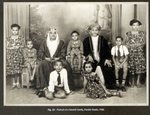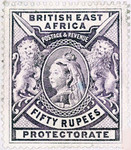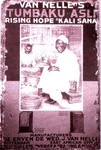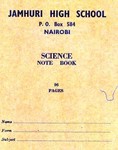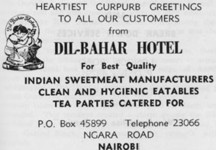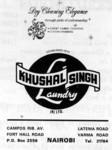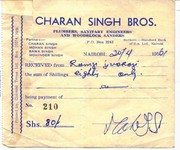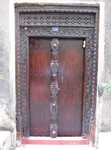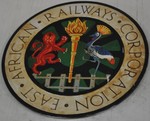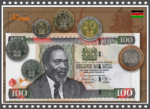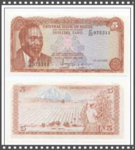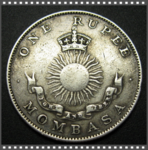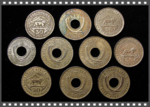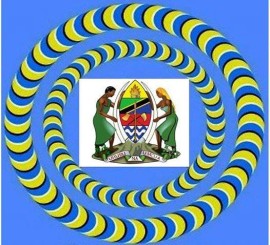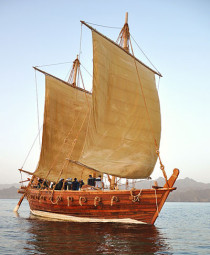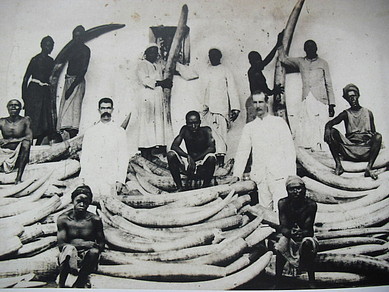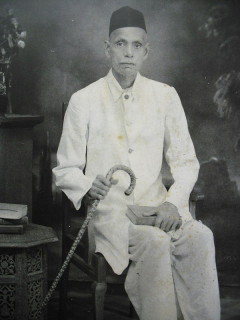I Am Sparkling: N. V. Parekh and His Portrait Studio Clients—Mombasa, Kenya... by Isolde Brielmaier with Wangechi Mutu
A. C. Gomes
In 1868, a year before the opening of the Suez Canal, a young South Asian man by the name of A. C. Gomes founded the Indian
Ocean coast’s first photography studio in Zanzibar .Gomes arrived in Unguja (the larger of the two islands that comprise Zanzibar) from Goa, India, then a Portuguese protectorate.
He began his photographic work as a commercial venture, producing picture postcards to fill the demand for the growing steamship tourist industry that had emerged along the Indian Ocean and southern
African coasts. With the opening of the Suez Canal in 1869, the steamship traffic along the Indian Ocean coast increased steadily.
European boats would dock at busy port cities such as Mombasa, Dar es Salaam and Zanzibar in order to refuel, giving their travellers the opportunity to roam around the city before continuing their
journey. European tourists often visited Zanzibar’s many curio and antique shops. Those stopping at Gomes’ studio would select postcards from a number of images that he kept on display in his
cabinets and windows.
European commercial studios opened, among them an establishment that belonged to one William D. Young, who arrived at the Kenyan
coast from India where he had served as an official photographer for the British Railways.
Young began his business in Africa as a freelance photographer for the British government during the construction of the Uganda Railway. Soon thereafter, he set up his own photography studio, first
in the MacDonald Terrace area of Mombasa.
Later, he closed down his Mombasa studio and, in 1904, he moved to Nairobi, the future capital of colonial Kenya, where he ran a small studio on Victoria Street from 1905 to 1907 and then opened his
popular Dempster Studio in 1908.
N.V. Parekh Located on Rodgers Road and later on Salim Road, many iconic postcards shoulder their name and can be witnessed to this day amongst many postcard collections..
N.V. Parekh was an influential Indian-born portrait photographer whose studio, located in Mombasa in the 20th-century, attracted clients from East Africa and beyond.
A very interesting insight into the subtle history of iconic photographers within East Africa by predominantly and for the of
people of colour bringing silently together through a story / stories …to either tell their individual, group or background stories through a still visual photography …Very interestingly articulated
that will certainly bring back East African memories to all individuals of that era..…
N.V. Parekh was an influential Indian-born portrait photographer whose studio, located in Mombasa in the 20th-century, attracted
clients from East Africa and beyond. I Am Sparkling: N. V. Parekh and His Portrait Studio Clients―Mombasa, Kenya 1940 to 1980 is a discrete examination of an historically-significant artist and his
distinct clientele; and the temporal, geographical, and cultural milieu in which their collaborations flourished.
The manuscript is based on a rarely accessed photographic archive and is complemented by extensive interviews with Parekh’s diverse clientele, with a particular focus on women as clients of studio
photographers.
N.V Parekh's historical background
Parekh’s family history in East Africa is representative of the many histories of South Asia families and individuals who came to the region during the late
19th and early 20th centuries. His father travelled to Kenya in 1903 from the Gujarat region of India, where he h been a teacher in the
town of Makhiala.
Once in Kenya, the young Mr. Parekh secure* job working for the prominent businessman and philanthropist, Alidina Visram. Later, and his brother, Chandulal, opened a clothing store in which they
conducted wholesale and retail business by importing clothing and textiles from India, Japan and England.
Soon after his arrival, Mr. Parekh’s first wife died. He travelled back to India for a brief visit in early 1920s and returned with his second wife, who would become the mother of N V Parekh a few
years later.
N. V. Parekh himself was born in the Old Town of Mombasa in 1923. He grew up and schooled there alongside other South Asian and Swahili children. He explained
that came to photography by accident.
In 1939, after the death of his father, Parekh says began to reconsider the direction of his life. “I always had aspirations of becoming a doctor. I even completed my exams and obtained a Senior
Certificate [in medicine], but without my [immediate] family and I had to find a job.” He said that it was a family friend who in fact encouraged him to explore photography and learn more about
the practice “Our friend, Mr. Shah, was visiting from Nakuru and suggested that I should come stay with him.
He offered me a job in his shop where he dealt in musical equipment also operated a photo studio. In 1940, he requested that I come and stay with him, and went. This was my introduction to
photography.”
While in Nakuru, Parekh worked long hours and was trained by Mr. Shah’s eldest Shantilal. It was in the 1940s, during World War II,
Parekh explained, so business was high. The shop was located near the town of Gil Gil and a large military base in which many South African troops were stationed. “These soldiers would come in and
shop for music. They would buy radios, guitars and records. They also loved to take their photographs. It was a historical time and these young men wanted to cap all of the memories.
Much of my earliest work [in photography] was with these men.” during the daytime, Parekh was occupied with work at the music store. However, in the evenings, he would often return to the shop and
work in the small studio that adjoin to learn about photography.
Later on he tried to get a job in Nairobi to his disappointment he later on moved back to Mombasa in 1942
Parekh and Co studio was on old Rodgers Road next to Datoo’s sales
Room after the purchase of Surani Studio / Victory Studio, the Salim road branch a larger studio was opened later in 1949 with his
brother…
N.V Parekh’s family moved to the UK in the early 80’.s, sold the business and is now called Mohammedan Studio..
Click below for book purchase
Early Computer in Kenya
http://www.couperus.org/OldComputers/ICT1500.htm
|
In Search Of A Life: James A.C. Burke |
|
Coastweek-- In search of information about a grandfather, father, lawyer, businessman, in Kenya. The attached photo comes from the cover of the ‘Old Africa’ magazine of October-November 2013. To the right of the photo is a gentleman by the name of James A.C. Burke who came to Kenya in 1920s, soon after the country became a British Colony. He hailed from Trinidad and Tobago, of Asian stock, whose ancestors must have been part of the Indentured labour force from India in the 1800s. He was educated in Britain, and came to Kenya to practice law. |
Bondeni , Mombasa










